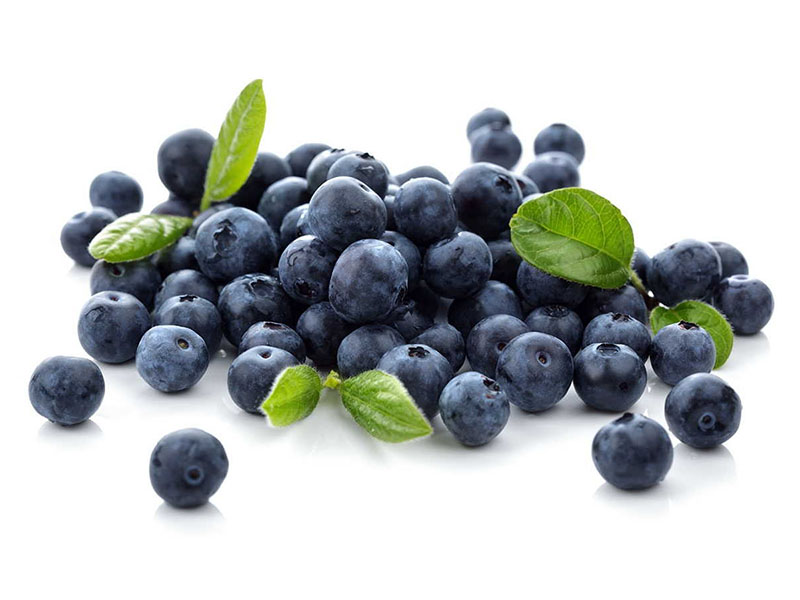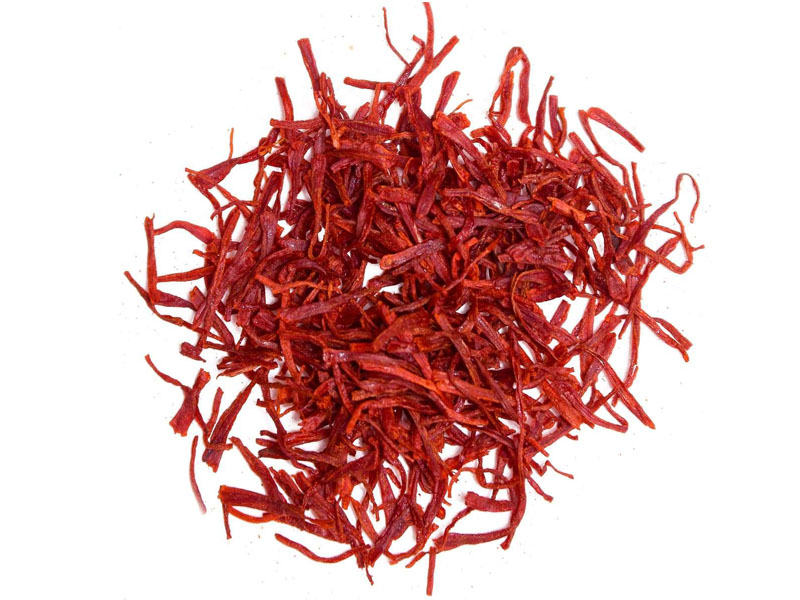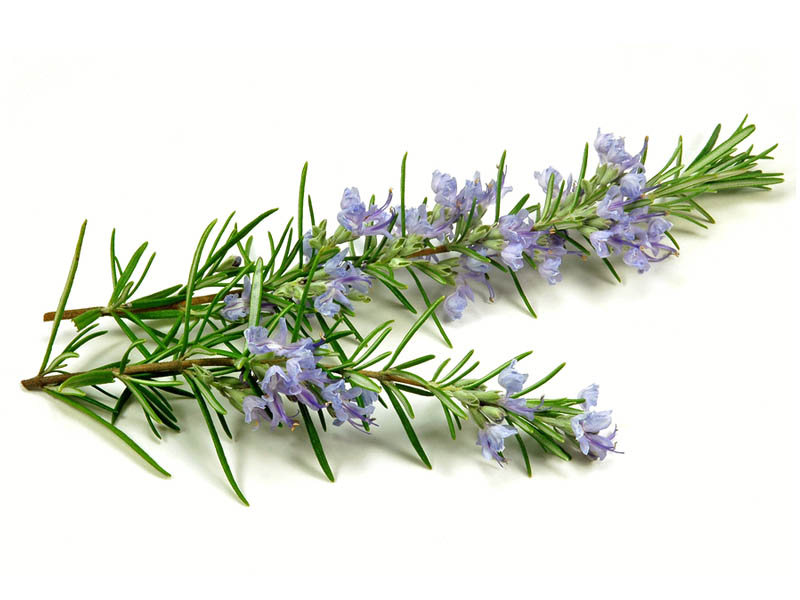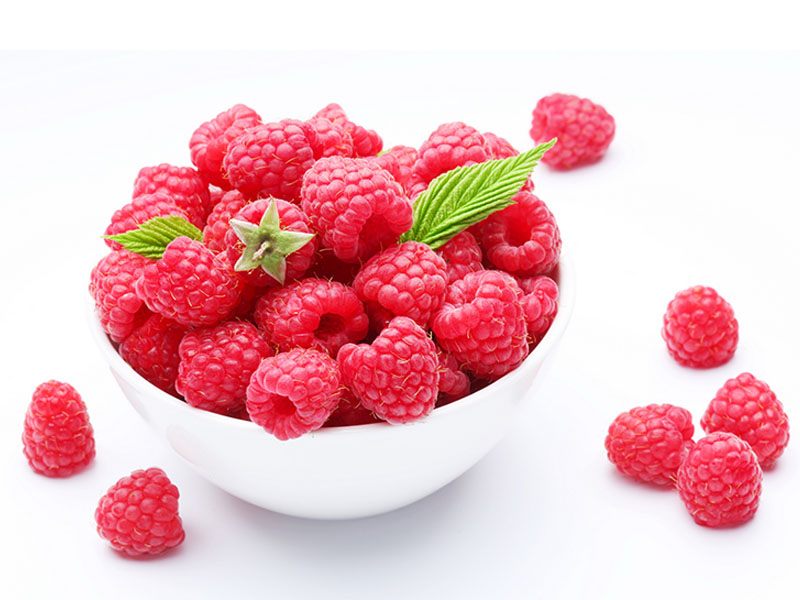Blueberry

Black Barberry
2019-08-02
Borage
2019-08-02Common Name
Blueberry
Scientific Name
Vaccinium corymbosum
History
1. Promoting Weight Loss
According to a study on rats, blueberry anthocyanin is helpful for losing weight, in both types of obesity models including obesity caused by diet and genetic obesity.
The rats were fed by a diet containing blueberry and after 90 days, a significant reduction in their abdominal fats, triglycerides and cholesterol levels was observed.
Researchers at the University of Texas believe that blueberry eliminates fat cells.
According to a study published in the Journal of Experimental Biology in 2011, the reduction of fat cells in rats fed high and low doses of blueberry were 73% and 27%, respectively. Polyphenols of blueberry have anti-adipogenic effect (the fat cells formation) and reduce synthesis and storage of fat in the body.
Catechin of blueberry reduces abdominal fat and body weight. This component activates the fat-burning genes in the fat cells around the stomach, so that it helps to lose weight and fat. Blueberry is a low calorie fruit and is high in fiber and water. One cup of blueberry contains 6.3 grams of fiber and 125 grams of water. Its fiber slows the digestion of food and staves off hunger, therefore can lead to weight loss.
2. Improving Brain Function
According to a study published in the Journal of Agricultural and Food Chemistry in 2010, consumption of blueberry or its supplements improves brain and memory function in elderlies. This study proves the beneficial effect of blueberry or its supplements on human nervous system function, for the first time. Blueberry anthocyanin improves brain and memory function by increasing neuronal signaling in brain centers. Daily consumption of blueberry improved learning and word list recall (a simple short-term memory experiment) in elderlies after 12 weeks.
Gallic acid of blueberry reduces oxidative stress and inhibits the degeneration of brain cells. Its antioxidants improve memory function, have anti-inflammatory activity and reduce oxidative stress.
3. Regulating Blood Cholesterol Levels
In a study, 10 patients with heterozygous familial hypercholesterolemia (HeFH) (group A) received blueberry tea (at dose of 32g/kg/daily, anthocyanin) for 6 months. The effects were compared with control group (10 healthy children, aged between 7 and 11 years) and group B (10 patients with HeFH who did not receive blueberry tea).
After 1 month of blueberry tea consumption, there were no significant changes in lipid level and antioxidant status. But, after 3 and 6 months total and LDL-cholesterol changed in group A, significantly. Also, after 6 months, total and LDL-cholesterol (48.78%) and antioxidants increased and lipid peroxidation products decreased in group A.
Research shows that, daily intake of 50g of blueberry reduced LDL oxidation by 27% in obese persons, after 8 weeks. Another study shows that consumption of 75 grams of blueberry with a meal reduces LDL lipoprotein oxidation, significantly.
4. Regulating Blood Glucose Levels
The blood glucose level in type 1 diabetic patients with high-fiber diet is lower than type 1 diabetic patients with lower-fiber diet. Also, consumption of fiber is effective in regulating blood glucose and insulin levels, in type 2 diabetic patients. Researches recommend 21-25g/day of fiber for women and 30-38g/day of fiber for men. Each cup of blueberry contains 3.6 grams of fiber.
The consumption of 3 servings of blueberry per week reduces the risk of type 2 diabetic by 7%.
Blueberry anthocyanin improves insulin sensitivity and lowers the risk of metabolic syndrome. In this study of 32 obese subjects with insulin resistance, the blueberry improved insulin sensitivity and lowered the risk of metabolic syndrome and type 2 diabetes.
5. Regulating Blood Pressure
According to a study on obese persons, daily intake of 50g of blueberry reduced blood pressure by 4-6%, after 8 weeks. Another study confirms this effect, especially in postmenopausal women.
The results of a study showed blueberry is helpful in reducing arterial stiffness and blood pressure. Regular consumption of blueberry decreases the risk of pre-hypertension and then hypertension disease. The results were published in the Journal of the Academy of Nutrition and Dietetics in 2015.
The results showed that 22g of dried or powdered blueberry decreased systolic and diastolic blood pressure in 48 postmenopausal women with stage 1-hypertension.
6. Improving Eyesight
In a study, the protective effect of blueberry anthocyanin on retinal pigment epithelium (RPE) cells was investigated in vitro. These cells were treated with blueberry extract.
The results of this study showed that blueberry anthocyanin extract (BAE) protects retinal cells from light-induced damages, by inhibition of aging and apoptotic processes, and regulation of vascular endothelial growth factor (VEGF) expression.
Luteolin, zeaxanthin and flavonoids, such as ruin, in blueberry can strengthen the eye capillaries and reduce eye and vision problems, including Macular Degeneration, Cataracts, Myopia, Hyperopia and Dry Eyes.
In another study, the effect of anthocyanin components of blueberry on retinal cells of rabbit was identified. The results showed that daily feeding the rabbits with blueberry extract at a dose of 1.2 or 4.9 g/kg for 4 weeks reduced light-induced damage to the retinas. These results were published in the Journal of Agricultural and Food Chemistry in 2011.
Bioactive Compounds
Flavonoids, Resveratrol, Anthocyanin, Ellagic acid.
Traditional Use
Native Americans used Blueberry for cough and boosting number of blood cells. It is used for reducing cholesterol and lipid levels, regulating blood glucose level and softening the skin, traditionally. Infusion of this herb disinfects the urinary tract. Its fruit improves blood circulation. It is used for treating eye disorders such as diabetic retinopathy, cataracts, glaucoma; and for treating blood circulation disorders such as varicose veins and hemorrhoids.




